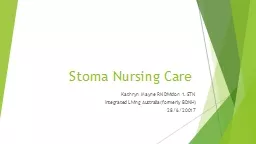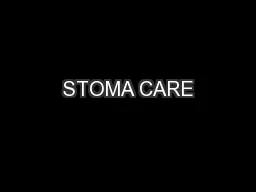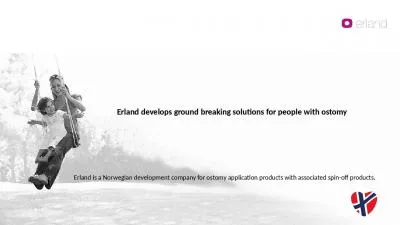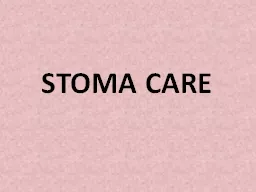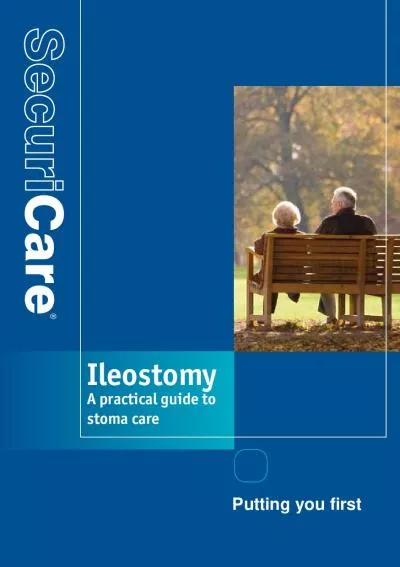PPT-Stoma Nursing Care Kathryn Mayne RN Division 1. STN
Author : myesha-ticknor | Published Date : 2018-01-31
Integrated Living Australiaformerly BDNH 28620017 A P of Gastrointestinal Tract 1 Food is transported form the mouth to the stomach by the oesophagus 2 The liquid
Presentation Embed Code
Download Presentation
Download Presentation The PPT/PDF document "Stoma Nursing Care Kathryn Mayne RN Divi..." is the property of its rightful owner. Permission is granted to download and print the materials on this website for personal, non-commercial use only, and to display it on your personal computer provided you do not modify the materials and that you retain all copyright notices contained in the materials. By downloading content from our website, you accept the terms of this agreement.
Stoma Nursing Care Kathryn Mayne RN Division 1. STN: Transcript
Download Rules Of Document
"Stoma Nursing Care Kathryn Mayne RN Division 1. STN"The content belongs to its owner. You may download and print it for personal use, without modification, and keep all copyright notices. By downloading, you agree to these terms.
Related Documents

